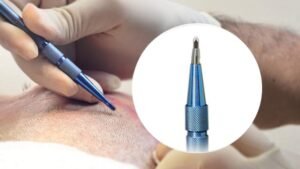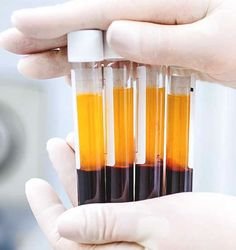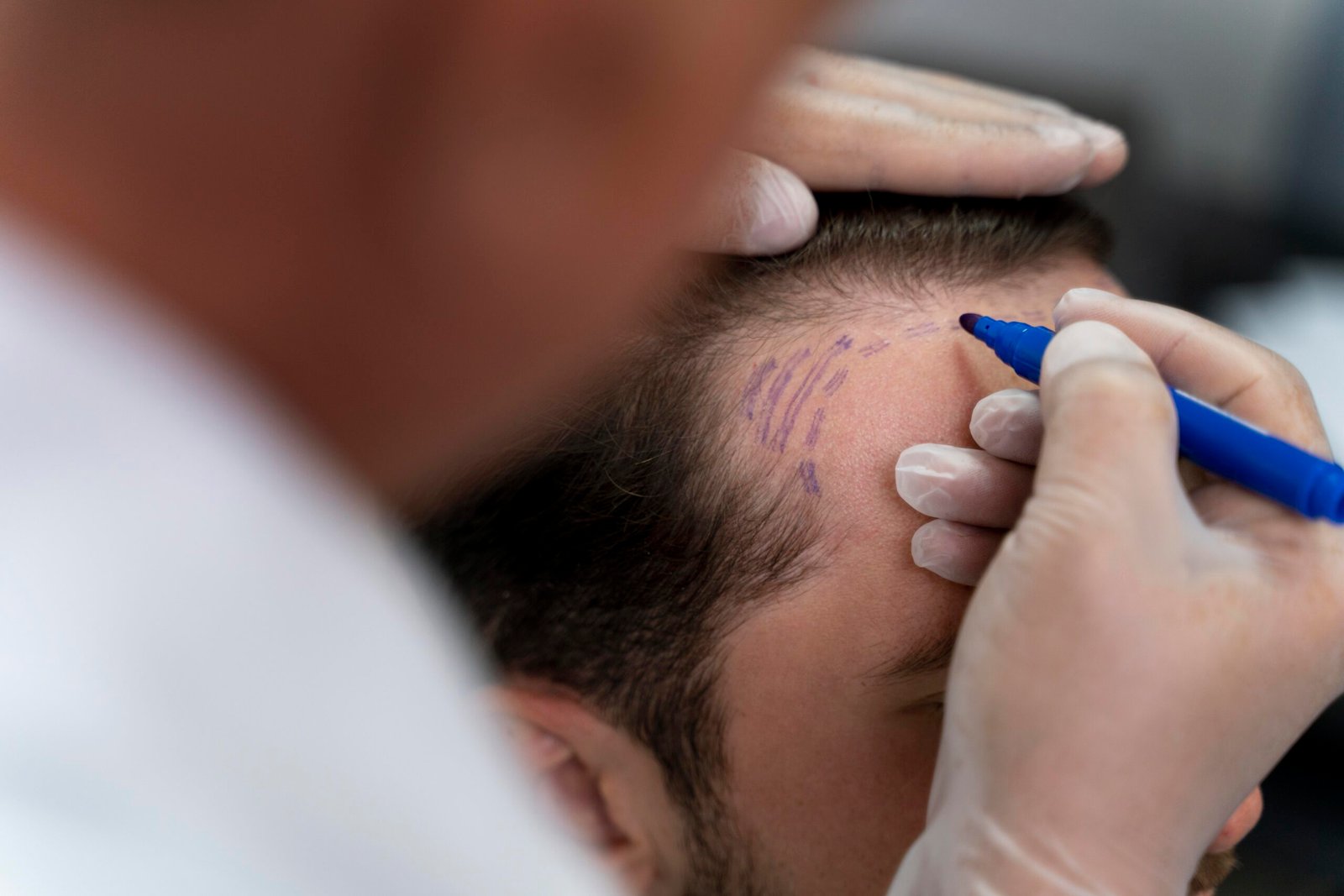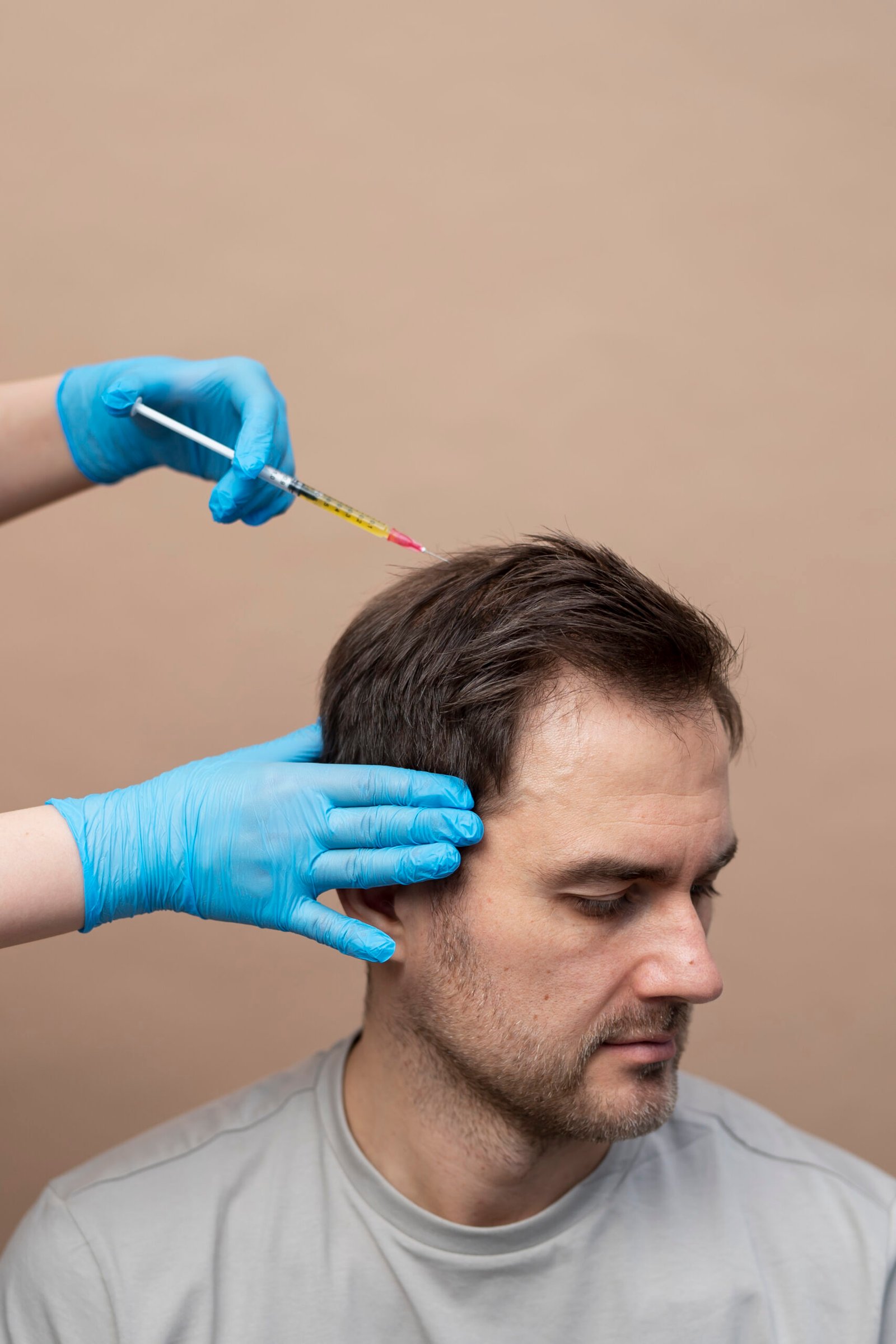Unique Hair Transplant Clinic offers personalized solutions for hair restoration, utilizing cutting-edge techniques for natural-looking results. With a focus on patient care and state-of-the-art facilities
we ensure a comfortable experience and superior outcomes. Regain your confidence with a fuller, more vibrant hairline – book your consultation today.


Hair transplant involves extracting hair follicles from the donor area and implanting them into the recipient area to stimulate hair growth.
Hair transplantation is a surgical technique that moves hair follicles from a donor site, usually the back of the head, to a balding area, known as the recipient site. Primarily used to treat male pattern baldness, the procedure involves sterilizing and numbing the donor area before transferring the hair.
Assessing hair loss and creating a personalized treatment plan.
Harvesting healthy hair follicles from the donor area.
Transplanting the prepared follicles into the recipient sites.
In DHI (Direct Hair Implantation) hair transplantation, hair follicles are swiftly transplanted from the donor to the recipient area, minimizing damage and increasing graft survival rates. This method significantly reduces trauma, leading to a faster recovery time.
Patients benefit from a quicker healing process with DHI, typically shedding scalp crusting within 3-4 days. This allows for a rapid return to daily activities, enabling individuals to resume their normal lives sooner compared to other techniques.
The DHI technique bypasses the canal opening method by using the Choi Implant Pen.
This medical tool implants hair follicles directly into the scalp after extraction, ensuring precision and efficiency.
DHI involves individually removing and implanting hair follicles, making it one of the most advanced hair transplantation methods.
Using around six Choi Implant Pens, the hair transplant team enhances implantation speed and efficiency for optimal results.
In the standard FUE method, the process team must make small circular cuts on the scalp, contributing to a longer healing process of up to 10 days. Conversely, DHI’s reliance on the Choi Implant Pen eliminates the need for these cuts, expediting the healing process and enabling patients to recover more swiftly.
In FUE, the surgeon manually creates channels in the scalp before implanting hair follicles, typically requiring a three-stage process. However, the DHI hair transplantation technique eliminates the need for the canal opening method. With DHI, the Choi Implant Pen is utilized, bypassing the canal cuts in the recipient area. This advanced approach streamlines the procedure, resulting in quicker healing times and reduced discomfort for patients.

Sapphire blades, prized for their solid and smooth composition, have revolutionized hair channeling in the FUE technique.
Their introduction has swiftly gained traction for their effectiveness and efficiency in the process.
With their hard-wearing nature, sapphire blades create smaller, more precise incisions, resulting in superior outcomes compared to traditional steel blades.
Research underscores the dominance of sapphire blades in delivering optimal results in hair transplantation treatments.

Women typically have a broadening of the part in their hair. An increasingly common hair loss pattern in older women is a receding hairline (frontal fibrosing alopecia).
Gradual thinning on top of head.is the most common type of hair loss, affecting people as they age. In men, hair often begins to recede at the hairline on the forehead. Some conditions and medical treatments, such as chemotherapy for cancer, can result in the loss of hair all over your body. The hair usually grows back.
Some people lose hair in circular or patchy bald spots on the scalp, beard or eyebrows. Your skin may become itchy or painful before the hair falls out.
A physical or emotional shock can cause hair to loosen. Handfuls of hair may come out when combing or washing your hair or even after gentle tugging. This type of hair loss usually causes overall hair thinning but is temporary.
Hair loss can be attributed to various medications across different categories.
These include acne medications containing vitamin A (retinoids), antibiotics, antifungal drugs, antidepressants, birth control pills, anticlotting drugs, cholesterol-lowering medications, immunosuppressants, drugs used in the treatment of breast cancer and other cancers, anticonvulsants for epilepsy, and high blood pressure medications such as beta-blockers, ACE inhibitors, and diuretics.
Lorem ipsum dolor sit amet, consectetuer adipiscing elit. Aenean commodo ligula eget dolor. sque eu, pretium quis, sem. Nulla consequat massa quis enim.
Lorem ipsum dolor sit amet, consectetuer adipiscing elit. Aenean commodo ligula eget dolor. sque eu, pretium quis, sem. Nulla consequat massa quis enim.
Lorem ipsum dolor sit amet, consectetuer adipiscing elit. Aenean commodo ligula eget dolor. sque eu, pretium quis, sem. Nulla consequat massa quis enim.
Lorem ipsum dolor sit amet, consectetuer adipiscing elit. Aenean commodo ligula eget dolor. sque eu, pretium quis, sem. Nulla consequat massa quis enim.